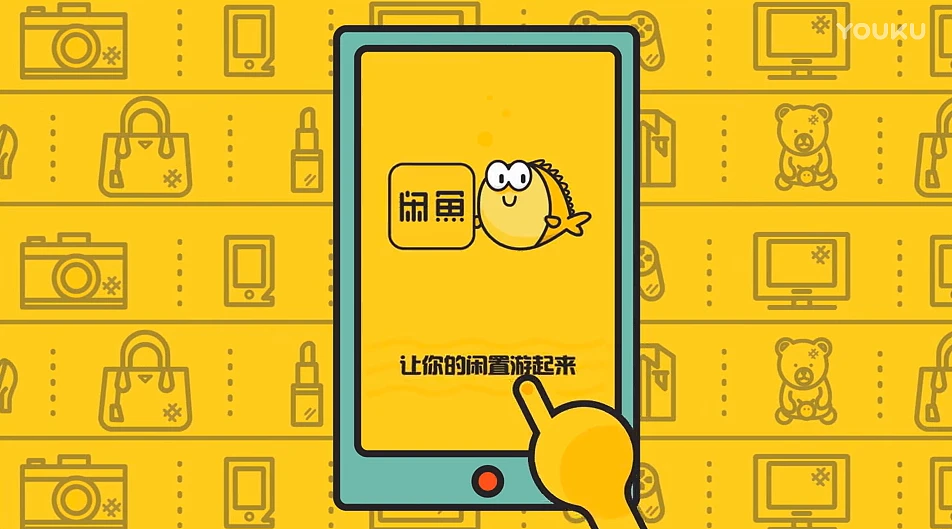In an age where going out to eat has been replaced by pressing an imaginary button, and hailing a cab has been replaced by pressing a different imaginary button, learning languages has remained painfully archaic. Years ago, our fathers and their fathers before them used to learn from books, memorizing and matching words with their assigned meanings. Later, software like Rosetta Stone would change the game forever — we could now use computers to memorize and match words with their assigned meanings. Apps like Duolingo would go on to do pretty much the same thing on a smaller screen. With capabilities for communication beyond our ancestors’ wildest dreams, we were still learning languages by matching flashcards.
Pop On is trying to change that. It’s the world’s first language learning program for the era of social connectivity. If the only natural way to learn a language is by communicating with a native speaker, the Shanghai-based team cuts to the chase, connecting you with a chat partner in seconds.

“In most education systems, in most countries, students are learning in classrooms. They’re not exposed to the actual different cultures, or that exposure is minimal,” Mishi Giber from Pop On tells us. “The idea behind Pop On is to provide a service that makes it very easy, accessible, and affordable to interact with native speakers and have a culturally immersive experience, as well as get more practical experience when it comes to speaking with native speakers. The whole idea of language learning is that at some point, you’ll want to speak with native speakers.”
Pop On started out with just English and Chinese, but has expanded to support Spanish, German, French, Japanese, Korean and Russian. The app’s key feature is one-button connection to native chat partners, but the social learning ecosystem goes deeper than that. There are lesson plans, reading exercises, and carefully-screened tutors to suit every learning style and schedule. You can share useful materials with friends and classmates, revisit your favorite teachers, or catch up on some of the week’s news in your target language.
Language learning software in the past essentially served to recreate worksheets and textbook exercises in a digital form. It made doing the exercises more convenient, but failed to innovate the learning process itself. Pop On is changing that by basing its strategy on communication.
“Our app is social and mobile, and is designed for people who want to use their available fragments of time, when they’re commuting, waiting around, or just at home. Some people don’t have the time or energy to go to a class, or they want a more personalized experience, like one-on-one teaching. They want to create their own training plans based on their own learning goals, their own skills and capabilities.”
Pop On is growing for the same reason Snapchat and Instagram are growing faster than network television. Users need a platform that meshes with their lifestyles, and we don’t always have an hour to sit down at the table and grind.
What’s next for Pop On? The team is looking towards a future where every language institute and university can equip its students with the app. They’ve been developing the app’s institutional end, which allows students in a class to be grouped together and learn inside the bounds of a syllabus or tailored training program. It’s all managed by a parallel web platform where professors can build out programs to help students achieve course goals.
“What we’ve found is that many language programs will do some entry level things very well, they’ll prep you for some very early language learning experiences. But this is a more advanced level of language learning, and you also get the cultural insight. It’s not the culture that’s in the books, but contemporary culture of the people themselves.”
Learn more about Pop On here.















